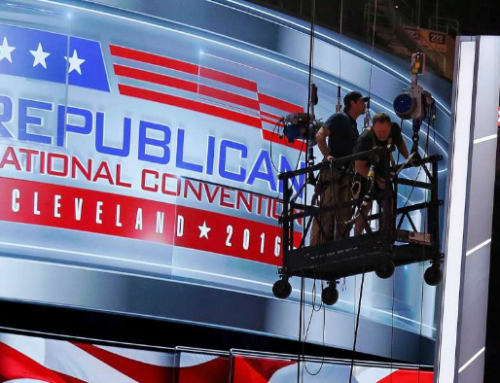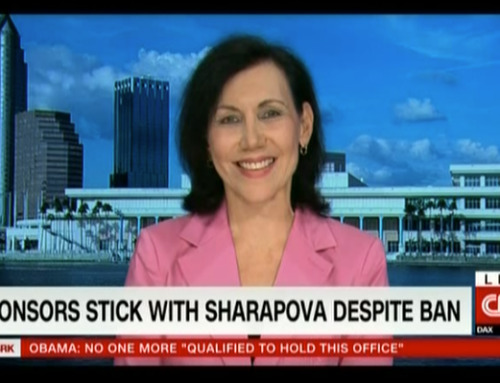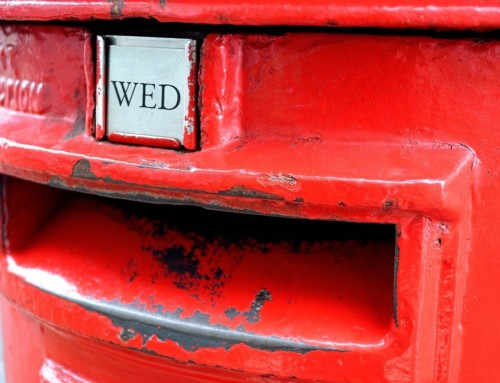The brand is the by-product of all of one’s actions – the sum of what an organization, person, or product does. How you behave, communicate, and respond to the unexpected are part of your brand.
Brand by default happens every day.
For a lucky few this track works out fine. Just do your stuff. The market gets your deal. They like you and life goes on.
The average brand is not so lucky.
Most companies, however, need to invest up front in soul searching, clearly define their story, create a game plan, and work it until it is vividly tattooed on the minds of their buying market.
Sounds simple. So why is it that in just about every category there are clusters of lame, boring brands? You may know some or, then again, you may not because they blend in, have no distinct anything, and even burn through big bucks telling the market how dreadfully boring and similar they are to at least a handful of their competitors.
Great branding takes balls.
This is not a body part, but an attitude available to both male and female business leaders. Guts, gumption, and fearless fiber — got to have them to find the big brand glory.
The tragic news is that a lot of companies get the process. Their leaders read books, attend seminars, and admire other great brands. They know to be a really cool, memorable brand, you’ve got to stand for something and be distinct. But when it comes down to their brand, the real distinction phobia sets in, causing brand nothing.
Do they dread peer resistance, experience a guilt trip over industry betrayal, or just convince themselves that the risk outweighs the reward? Possibly a mix of all — in any case, they are brand-debilitating malfunctions.
Corporate therapy is an option. Or just read on.
An awesome brand knows who it is, owns uniqueness, connects with folks who want what it has, delivers an unbelievable experience, and tells the world over and over in a consistent manner.
A brand warrior has tremendous courage, defies the norm, and is proud not to fit in. When she does the math on risk, it’s much safer to go out on a limb than to hang with the pack.
Consider the upside.
Fresh ideas can generate lots of publicity and word-of-mouth buzz. The greatest discoveries in history were first seen as bizarre. No one will ever call you a coward when you step out of the pack.
Loosen up. Life’s short. Why not brand better?
Singing the same old tired tune your competitors do will encourage your market to change the station. Following the tried, visual tradition of your category will cost you a ton more to promote. If that’s not risk, I don’t know what is.
The possibilities in branding are endless. Unless you practice medicine or law, in most cases there are no rules. In fact, I have never once seen the brand police.
The combinations are infinite. Innovation is everywhere. Fear messes up everything. The day you start losing yours is the day your brand will start rocking your category.
Don’t just push the envelope; throw it off the table.
Start with your story (Is it compelling?), modify your packaging (Is it different?), reconsider your brand name (Is it memorable?), adjust your attitude (Seemingly rare?) and experience (Like none other?). These are just a few places to look. Creativity will land your brand. Conformity will kill it.
I’m not suggesting you go goofy to find your brand — although with Disney, it worked. I am saying humans are hit with so much of the same that it means nothing. They are blasted with the same words, colors, shapes, taglines, and broken promises. Don’t go there. It’s dangerous.
Leave the comfort zone. Blaze the path less traveled. Find a higher nirvana from your will to whip your competitor’s butt.
Always protect the integrity of who your brand is, but then build relationships by creatively expressing your essence (purpose, position, personality, promise) and then create lasting loyalty with your confident distinction.
Five steps to get it right.
- If it scares you, get excited.
- If peers say, “Are you out of your mind?” say, “Yes!”
- If your industry starts gossiping, send them a thank-you note.
- If no one’s done it before, move faster.
- If you think your brand distinction is your quality product or extra caring staff, read this article again. Brand on!





